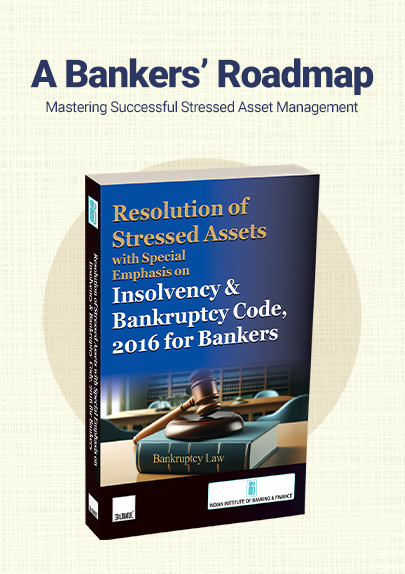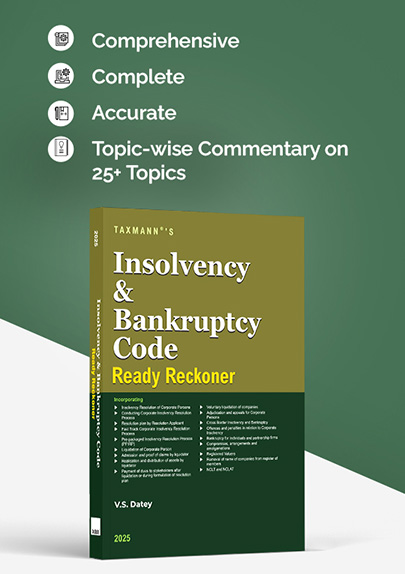SEBI Rightly Barred Appellant From Securities Market for a Year & Imposed a Penalty for Trading in Biocon Scrip Using UPSI | SAT
- Blog|News|Company Law|
- 2 Min Read
- By Taxmann
- |
- Last Updated on 28 February, 2025
Case Details: Kunal Ashok Kashyap v. SEBI - [2025] 171 taxmann.com 566 (SAT-Mumbai)
Judiciary and Counsel Details
- Justice P.S. Dinesh Kumar, Presiding Officer, Ms Meera Swarup & Dr. Dheeraj Bhatnagar, Technical Member
-
Pesi Modi, Senior Adv., Abishek Venkataraman, Ms. Kalpana, Ms Smriti Singh, Khushil Shah & Zerick Dastur, Advs. for the Appellant.
-
Gaurav Joshi, Senior Adv., Ms Nidhi Singh, Ms Komal Shah, Ms Deepti Mohan, Nishin Shrikhande & Harish Ballani, Advs. for the Respondent.
Facts of the Case
In the instant case, Biocon was a prominent biopharmaceutical company engaged in research and manufacturing of pharma ingredients. SEBI noted that Biocon had made an announcement regarding its exclusive global collaboration with Sandoz on next-generation bio-similars.
Observing that certain persons had traded in scrip of Biocon while in possession of the said UPSI, SEBI carried out an investigation for violation of the SEBI (Prohibition of Insider Trading) Regulations, 2015.
Consequently, common show cause notice was issued to the appellant on the grounds that the appellant was in frequent communication with the officers of company (including the CEO and CFO).
SEBI Held
SEBI held the appellant as a ‘connected person’ under regulation 2(1)(d)(i) and thereby held him as an ‘insider’ within the meaning of regulation 2(1)(g)(i) of the SEBI (Prohibition of Insider Trading) Regulations, 2015.
SEBI also noted that within just four days before completion of UPSI period, the appellant purchased 4,000 shares of Biocon. SEBI directed the appellant to disgorge notional profit earned by the appellant and also levied penalty.
SAT observed that appellant No. 1 was closely associated with key managerial persons of Biocon and was also working in an advisory capacity with Biocon on another deal. Further, there was a spike in trading of Biocon shares within four days of the UPSI period, and trades were made based on knowledge of UPSI, which would suggest that such trades were made based on knowledge of UPSI.
SAT held that there was no error in the finding recorded by the SEBI that there was a strong ‘preponderance of probability’ that trades executed by the appellants in Biocon during the UPSI period, were guided by the UPSI on account of the appellant being ‘insiders’, and therefore, the appellant had violated the SEBI Act and PIT regulations.
Thus, SEBI had rightly restrained the appellant from accessing the securities market for a period of one years and imposed penalty upon him.
List of Cases Referred to
- Balram Garg v. SEBI (2022) 9 SCC 425 (para 4.3)
- SEBI v. Kishore R. Ajmera (2016) 6 SCC 368 (para 5.4)
- Chintalapati Srinivasa Raju v. SEBI (2018) 7 SCC 443 (para 5.5).
Disclaimer: The content/information published on the website is only for general information of the user and shall not be construed as legal advice. While the Taxmann has exercised reasonable efforts to ensure the veracity of information/content published, Taxmann shall be under no liability in any manner whatsoever for incorrect information, if any.

Taxmann Publications has a dedicated in-house Research & Editorial Team. This team consists of a team of Chartered Accountants, Company Secretaries, and Lawyers. This team works under the guidance and supervision of editor-in-chief Mr Rakesh Bhargava.
The Research and Editorial Team is responsible for developing reliable and accurate content for the readers. The team follows the six-sigma approach to achieve the benchmark of zero error in its publications and research platforms. The team ensures that the following publication guidelines are thoroughly followed while developing the content:
- The statutory material is obtained only from the authorized and reliable sources
- All the latest developments in the judicial and legislative fields are covered
- Prepare the analytical write-ups on current, controversial, and important issues to help the readers to understand the concept and its implications
- Every content published by Taxmann is complete, accurate and lucid
- All evidence-based statements are supported with proper reference to Section, Circular No., Notification No. or citations
- The golden rules of grammar, style and consistency are thoroughly followed
- Font and size that’s easy to read and remain consistent across all imprint and digital publications are applied






 CA | CS | CMA
CA | CS | CMA


